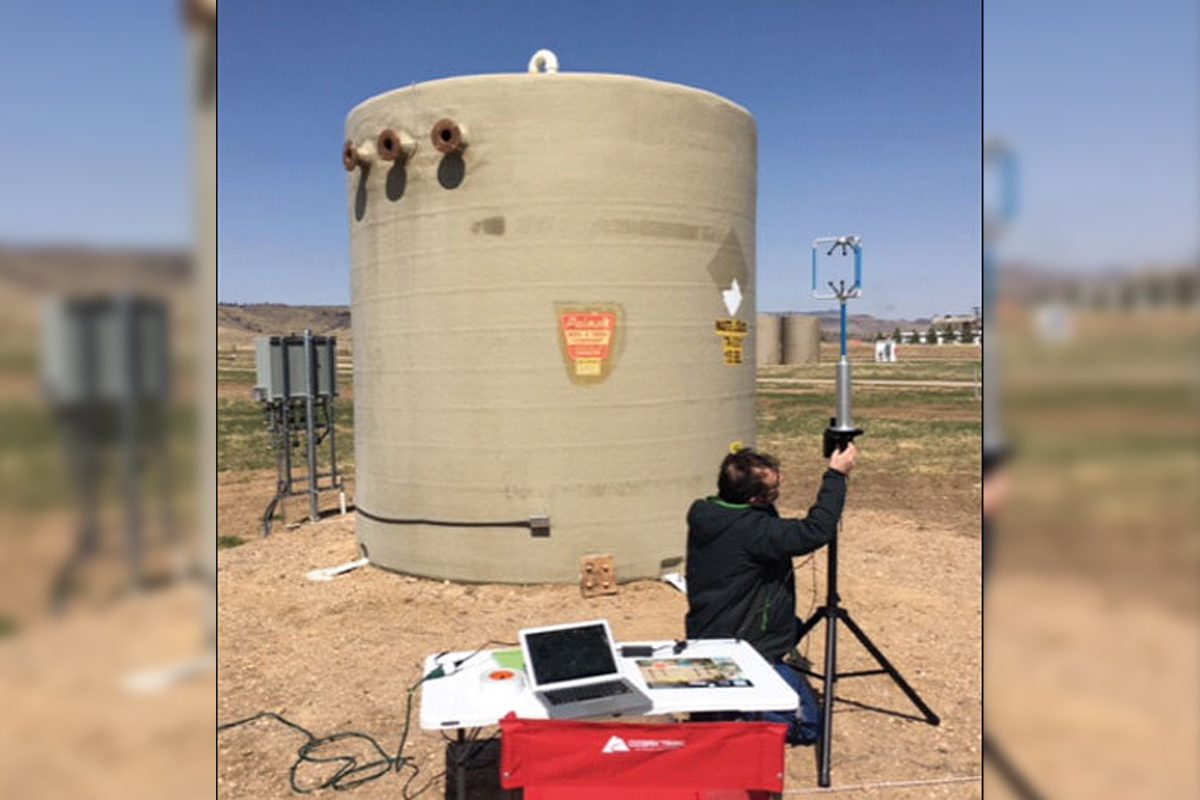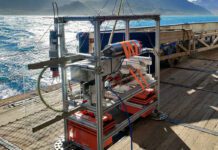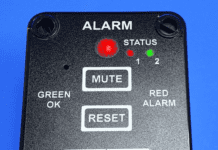A new study seems to confirm the efficacy of a system for detecting natural gas leaks using sensors and machine learning, with significant potential for allowing automatic, affordable sampling large areas of natural gas infrastructure.
Developed by scientists at Los Alamos National Laboratory, the system is claimed to find gas leaks fast, including small ones, such as might arise from failing infrastructure. Existing methods of detection tend to be expensive and labour intensive, so this kind of automation might be a significant cost saver.
The sensors “outperformed competing techniques in sensitivity” when used to detect methane and ethane, said Manvendra Dubey, the lead Los Alamos National Laboratory scientist and coauthor of the new study, in comments made to the publication Phys.org. And the system’s neural network can work with any kind of sensor.
The Autonomous, Low-cost, Fast Leak Detection System (ALFaLDS) was developed to discover accidental releases of methane, and picked up a 2019 R&D 100 award. It detects, locates and quantifies a natural gas leak based on real-time methane and ethane (in natural gas) and atmospheric wind measurements that are analyzed by a machine-learning code trained to locate leaks. The code is “trained using Los Alamos National Laboratory’s high resolution plume dispersion models and the training is finessed on-site by controlled releases,” according to the group.
Test results using blind releases at an oil and gas well-pad facility at Colorado State University in Fort Collins, Colorado, seemingly demonstrated that ALFaLDS locates the engineered methane leaks precisely and quantifies their size. The latest paper has appeared in the journal Atmospheric Environment: X.
ALFaLDS’s success in locating and quantifying fugitive methane leaks at natural gas facilities could lead to a 90 percent reduction in methane emissions when deployed in industry, says the group.








